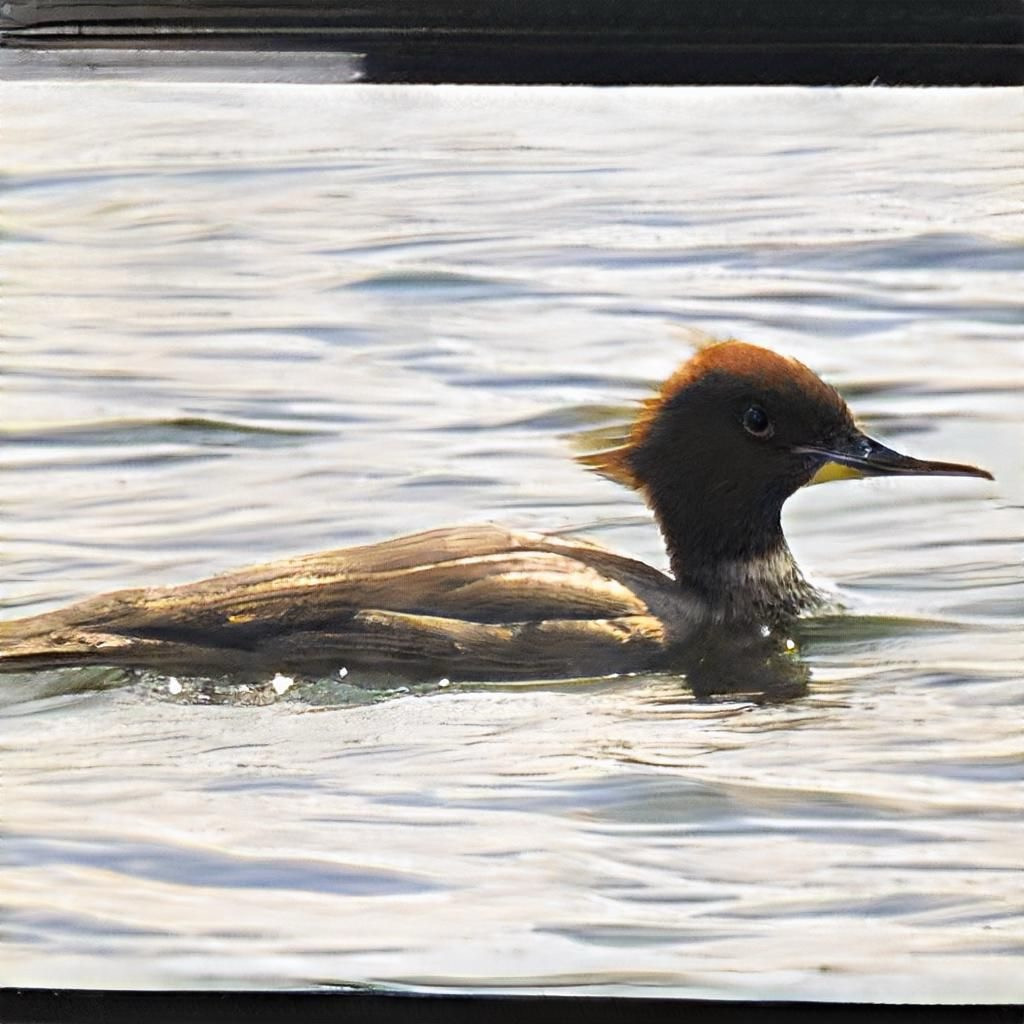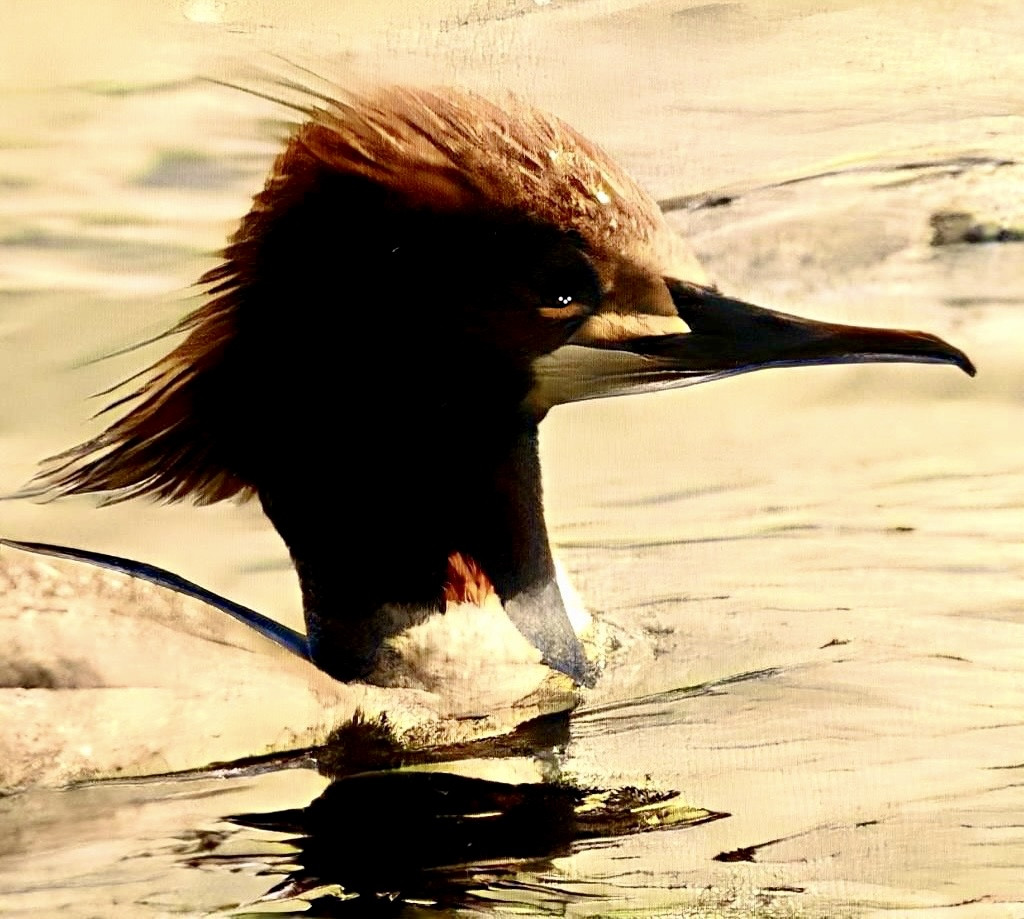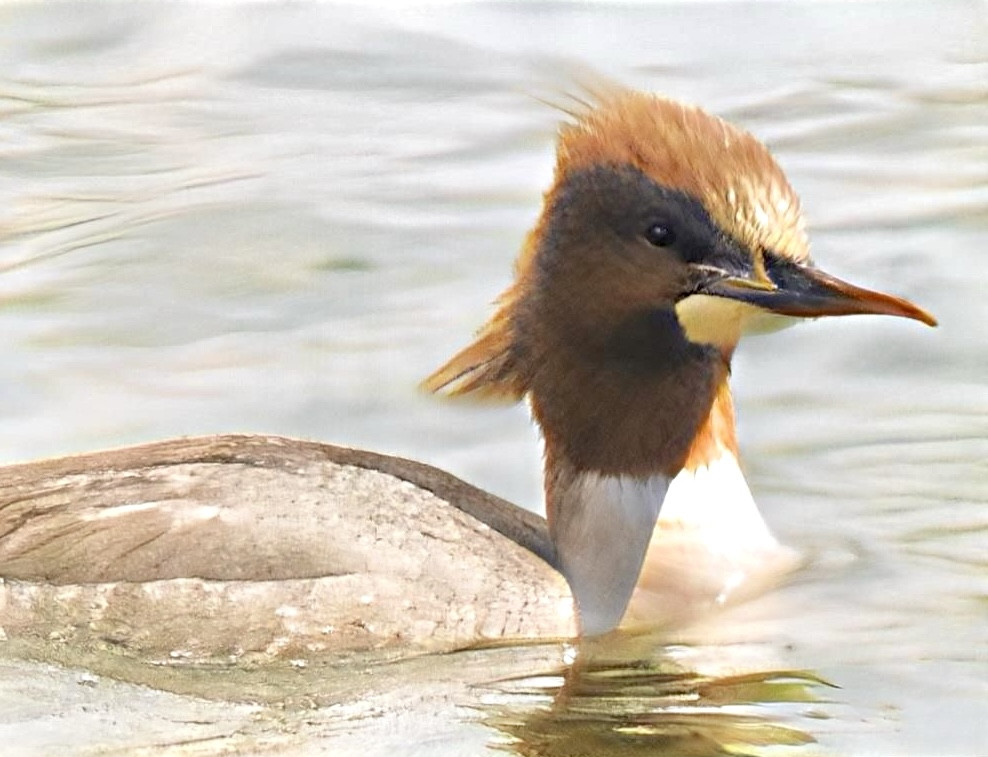Description
The deep waters around Lake Vättern are ice-free most years. This makes it an excellent wintering area for birds. The lake holds large wintering populations of gulls like Fiskemåke, Gråmåke and Svartbak. This is also one of the best places for the rare Polarmåke, although it is not seen most years. Most gulls winter around Motala. The area also holds wintering waterfowl. Most commonly: Laksand, Knoppsvane, Gråhegre, Sangsvane, Toppand and Kvinand. Around Vadstenaviken large amounts (many hundreds) of Stokkand winter. Often with other rarer (wintering) dabbling ducks in the mix. The lake also holds wintering populations of Storskarv, Siland, Lappfiskand (visitors from Boren) Toppdykker, Dvergdykker, and during mild winters: Horndykker, Sjøorre, Storlom and Havelle. The large fields around Vadstena and Norrsten hold wintering geese, Bergirisk and Snøspurv. Many birds of prey also winter. Most common are Spurvehauk, and Havørn.
During the last weeks of Febuari the first spring birds arrive. Stær, Sanglerke, Bokfink, and Vipe are usually the first to arrive. Some of the previously mentioned birds might start to winter if the winters continue to be mild. Many geese like Hvitkinngås, Grågås, Sædgås, Tundragås Tundrasædgås and Kanadagås are often seen. Most geese congregate around Tycklingen and Norrsten. Sometimes Kortnebbgås is also found.
During March most of the geese increase in number. More birds of prey arrive: Fjellvåk, Tårnfalk, Vandrefalk, and Glente. In Vadstenaviken large amounts of dabbling ducks often rest. Gravand (Regular), Hettemåke, Tjeld, and Enkeltbekkasin also arrive during this period. From this period onwards Egretthegre is sometimes seen.
During April other wader along with Tornirisk and Heipiplerke arrive. During April-May large amounts of passerine birds, wader, gulls, and terns use the lake as a landmark for migration. It starts in the middle of April with thousands of Bokfink and Bjørkefink, continuing with thousands of Storspove, with smaller amounts of other waders like Småspove, Lappspove, Brushane and Rødstilk. Also large amounts of gulls like Hettemåke and Fiskemåke. In early May hundreds of terns (Makrellterne, Rødnebbterne) pass. Along with rarer birds like Svartterne, Krykkje (quite rare) and Dvergmåke.
During the summer many species of night-active birds can be heard like Gresshoppesanger, Nattergal, Åkerrikse, Trostesanger (vadstena reningsverk), Vaktel and sometimes Elvesanger. Many other warblers can be found during this period. In the cities of Motala and Vadstena city birds like Tyrkerdue, Grønnfink, Svartrødstjert (missing most winters), Bjørkefink, Klippedue (Domestisert: Bydue), and Munk can be found year round.
Details
Access
Parking can be done at ample places. Some of them are: Tycklingen, Motala, Råssnäsudden, and Vadstena castle. Click on a P in the map to get directions to that area.
Terrain and Habitat
Forest , Wetland , Scattered trees and bushes , Grassland , Valley , Plain , Plateau , Lake , Beach , Mud flats , Agriculture , Reedbeds , River , City/villageConditions
Flat , Hilly , Sandy , Wet , Open landscapeCircular trail
YesIs a telescope useful?
Can be usefulGood birding season
All year roundBest time to visit
WinterRoute
Paved roadDifficulty walking trail
Average walkAccessible by
Foot , Bicycle , CarBirdwatching hide / platform
NoExtra info
Be respectful of the birds. Especially during breeding season.






